In the realm of electric oral care devices and personal grooming tools, waterproof failure is more than a surface-level issue—it can directly result in circuit corrosion, often leading to total device failure. This hidden yet critical risk not only affects product durability but also damages brand credibility and increases after-sales costs. For OEM/ODM manufacturers, understanding how waterproof breaches evolve into irreversible electrical corrosion is vital for ensuring both product safety and long-term customer satisfaction.
A device’s waterproof design is meant to isolate sensitive internal components—particularly PCBAs, batteries, and motor drives—from moisture exposure. However, waterproof failure can stem from:
Even a minor leak over time can allow vapor or condensation to enter the device’s interior—setting the stage for circuit corrosion.
Circuit corrosion refers to the gradual oxidation and chemical degradation of PCB traces, solder joints, and metallic components due to moisture, ions, or pH imbalance. Common signs include:
Unlike mechanical wear, corrosion is progressive—meaning the device might still function temporarily but will inevitably fail. In many warranty cases, corrosion is the root cause even if users report other symptoms. Company web:https://www.powsmart.com/product/electric-toothbrush/
In actual QA analysis and post-return investigations, manufacturers often discover:
Without early detection, corrosion continues silently until the product is irrecoverable.

To prevent waterproof failure from leading to circuit corrosion, manufacturers must incorporate smart safeguards into the design:
Beyond this, aligning enclosure design with actual IP test certifications—and not just internal estimates—is crucial.
Even the best designs can fail in the field without proper validation. Manufacturers should implement:
These steps ensure that waterproofing is not just compliant, but resilient across global usage conditions.
Proactive waterproofing and anti-corrosion measures can be repositioned as competitive advantages. Brands can:
By doing so, you not only reduce failures—you strengthen your position as a reliable, premium manufacturer.
Yes—waterproof failure that leads to circuit corrosion is often fatal to the device. But more importantly, it’s preventable. For B2B manufacturers, solving this problem at the design, process, and quality control level means less product loss, fewer returns, and greater customer trust. In a saturated market where durability is a key differentiator, smart waterproofing isn’t just an expectation—it’s a survival strategy. Contact us

Which Teeth Whitening Method Is Right for You?
Rustic Sonic Toothbrush
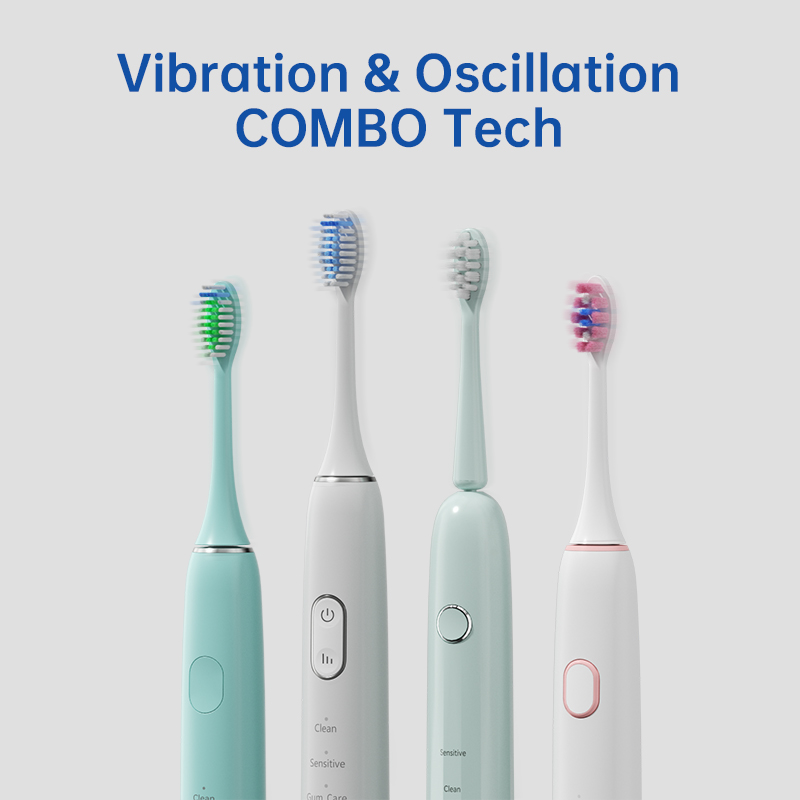
Where to Find Electric Toothbrush Demo Stores in Seattle?

Overcoming Supply Chain Challenges in Oral Care OEM Manufacturing
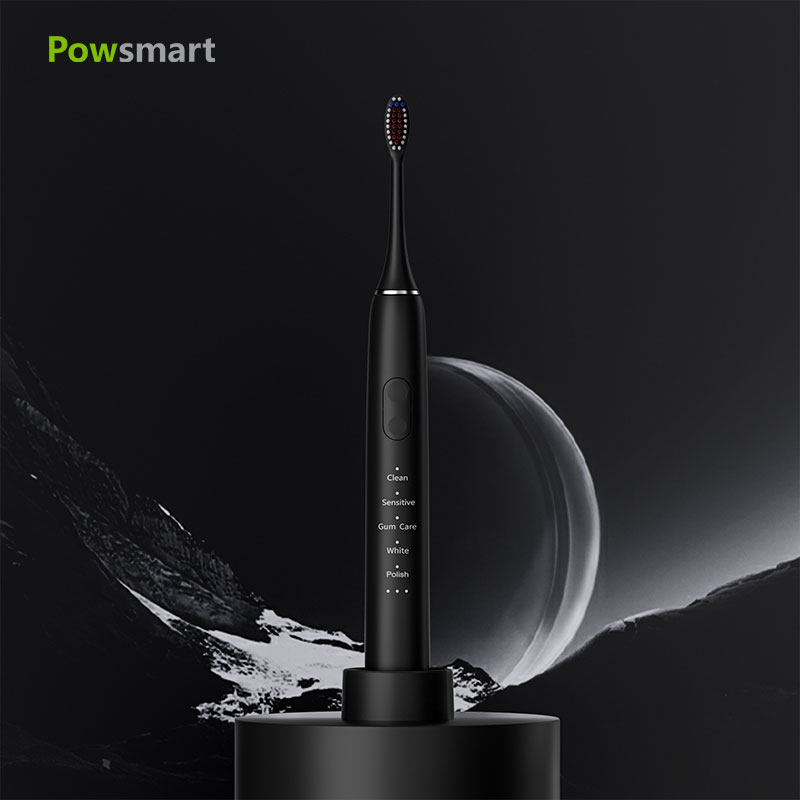
Analysis of the Whole Process of Electric Toothbrush Labeling: The Complete Cycle from Design to Shipment
-3-scaled.png)
Portable Teeth Whitening Device: How to Make It the Size of travel friendly but Maintain 100% Effectiveness?

Analyzing Oral-B Style Handle Technology: A Cost-Benefit Guide for OEM Brands
Why Do Whitening Cycles Cause Efficacy Debates?
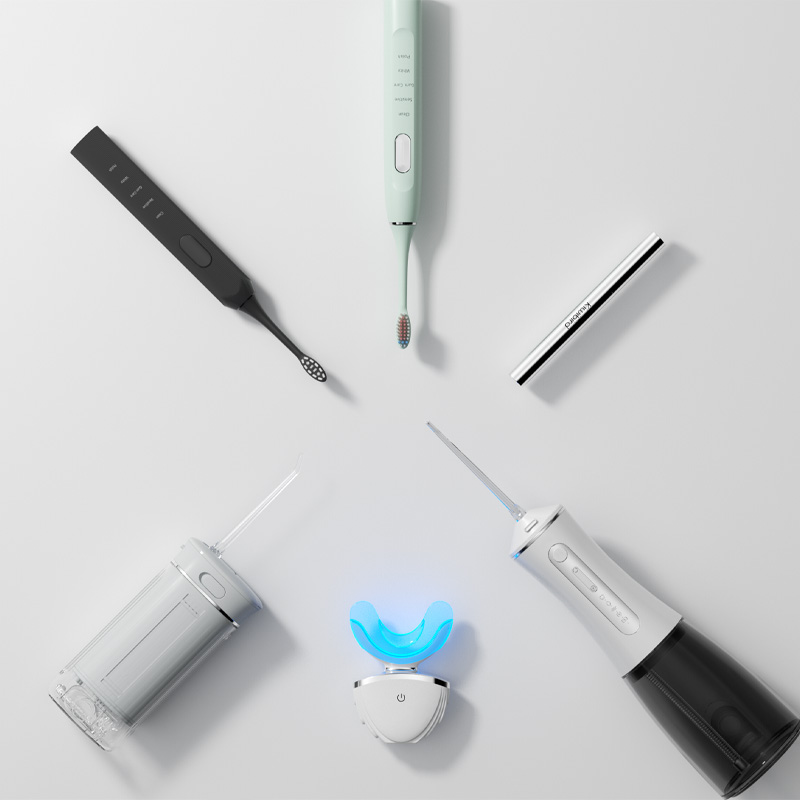
OEM Customization & 24/7 After-Sales Support | Your Manufacturing Partner
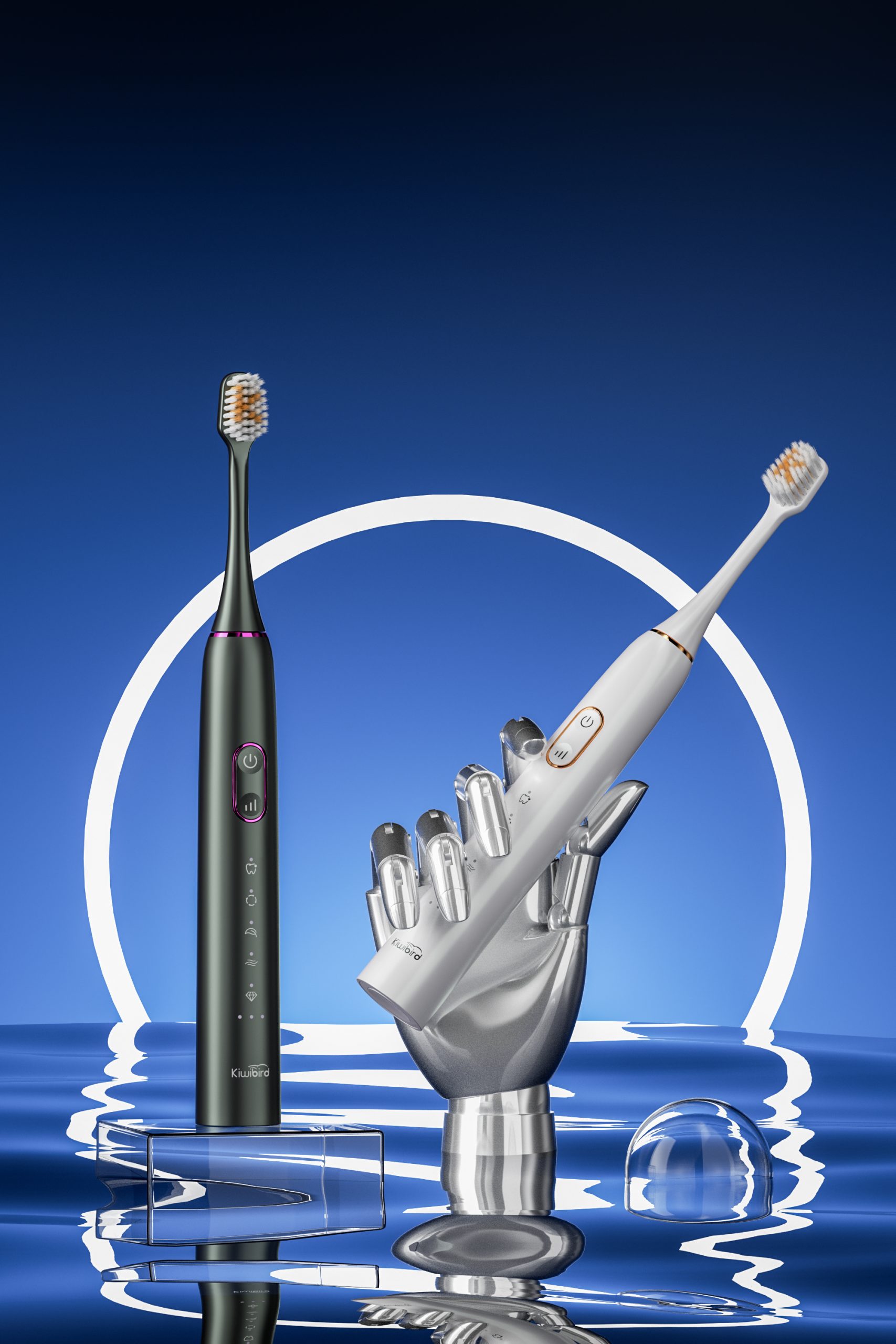
How to Effectively Reduce the After-Sales Return Rate of Electric Toothbrushes

Kids’ Smart Toothbrush Customization: Fun & Safe Brushing Solutions
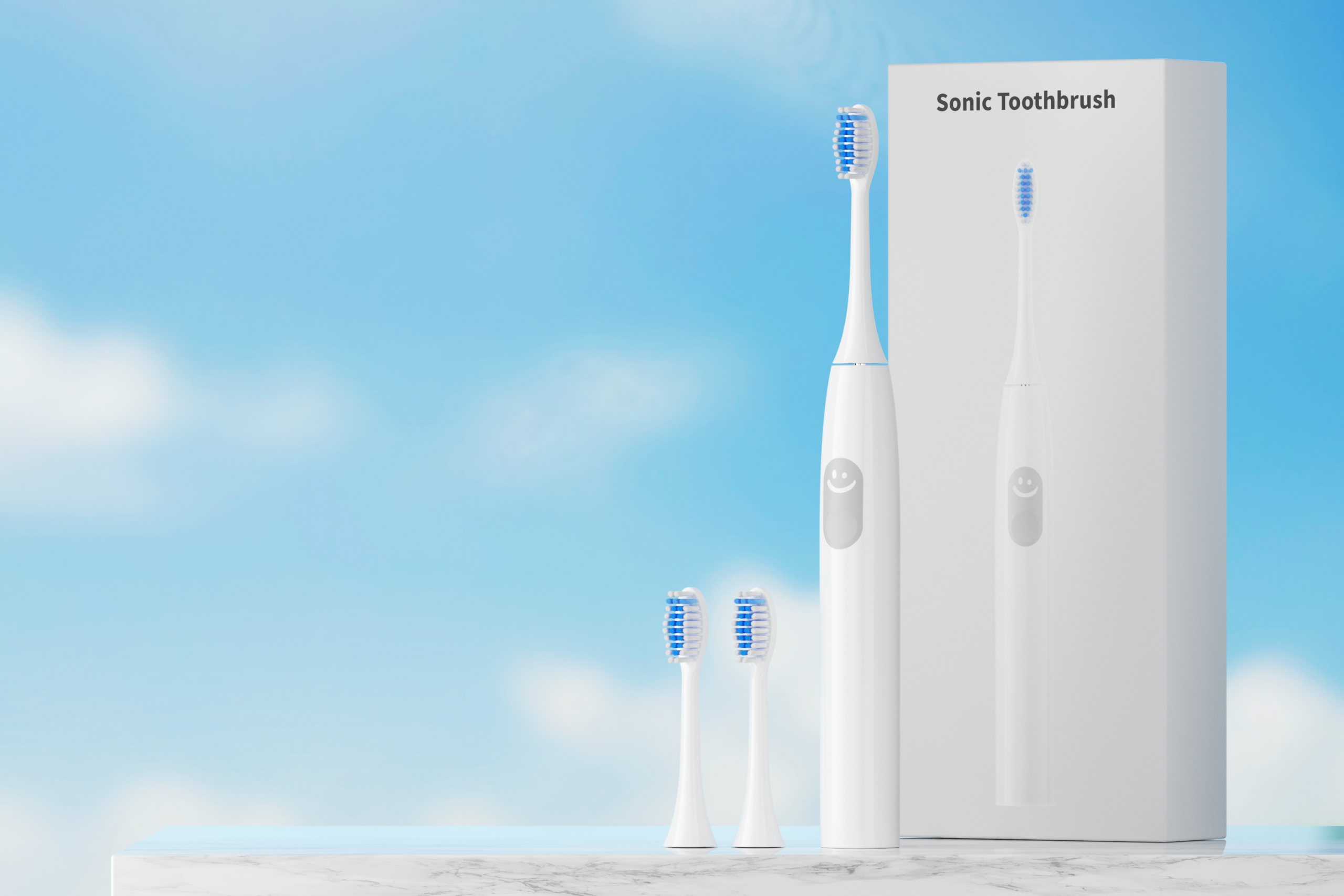
Foldable Design & USB Charging Travel Electric Toothbrush OEM
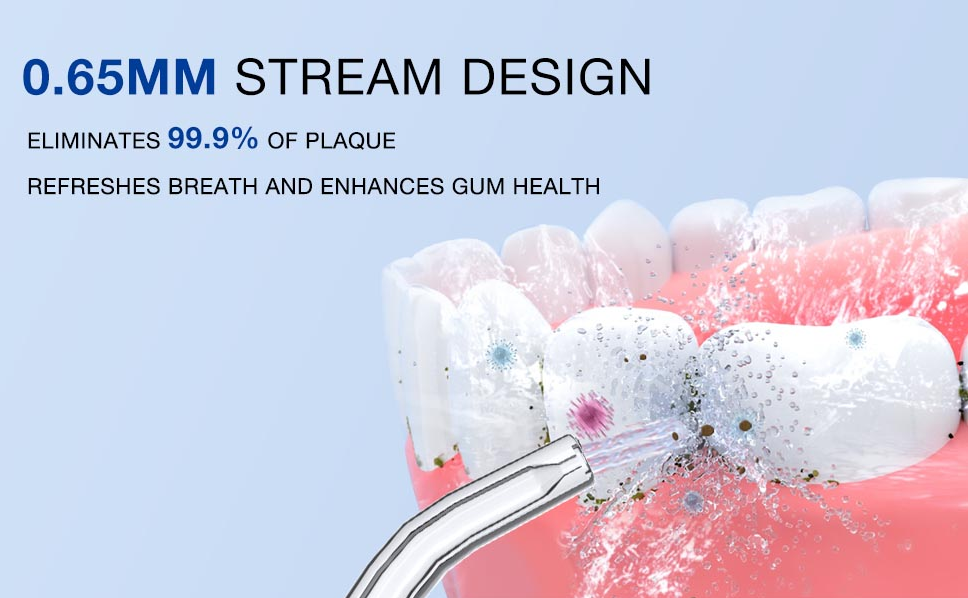
1200 vs 1800 water flosser pulse/Minute: Which Water Flosser Pressure Setting Works Best for Plaque Removal Without Gum Irritation?

Is it Normal to Have Bleeding Gums or Discomfort When First Using a Water Flosser?
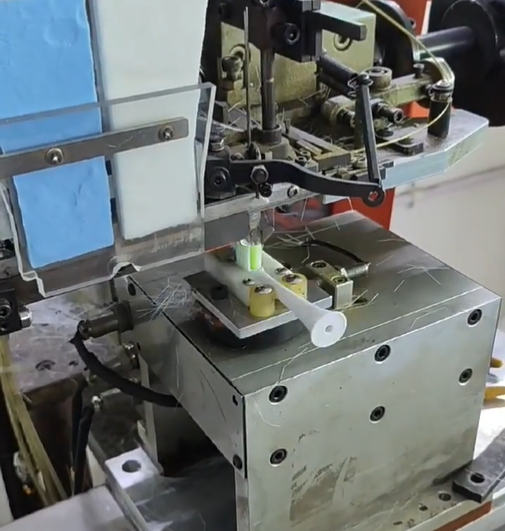
The Science of Electric Toothbrush Bristle Layout: How Do Cross-pattern, Wave-pattern, and Height Difference Affect Cleaning Power?
Vibration Decay with Timer Malfunction – Time to Retire?

Private Label Whitening Gel

electric toothbrush heads Deep Clean

electric toothbrush heads Charcoal Infuse-Round

electric toothbrush heads Regular Clean

Customization Teeth Whitening Gel

Electric toothbrush heads Charcoal Infused-Diamond

electric toothbrush heads Ultra Soft
.jpg)
Florida Electric Toothbrush – Powsmart PTR-C8
whstapp
whstapp
National Toll-Free Service Hotline
+86 755 86238638